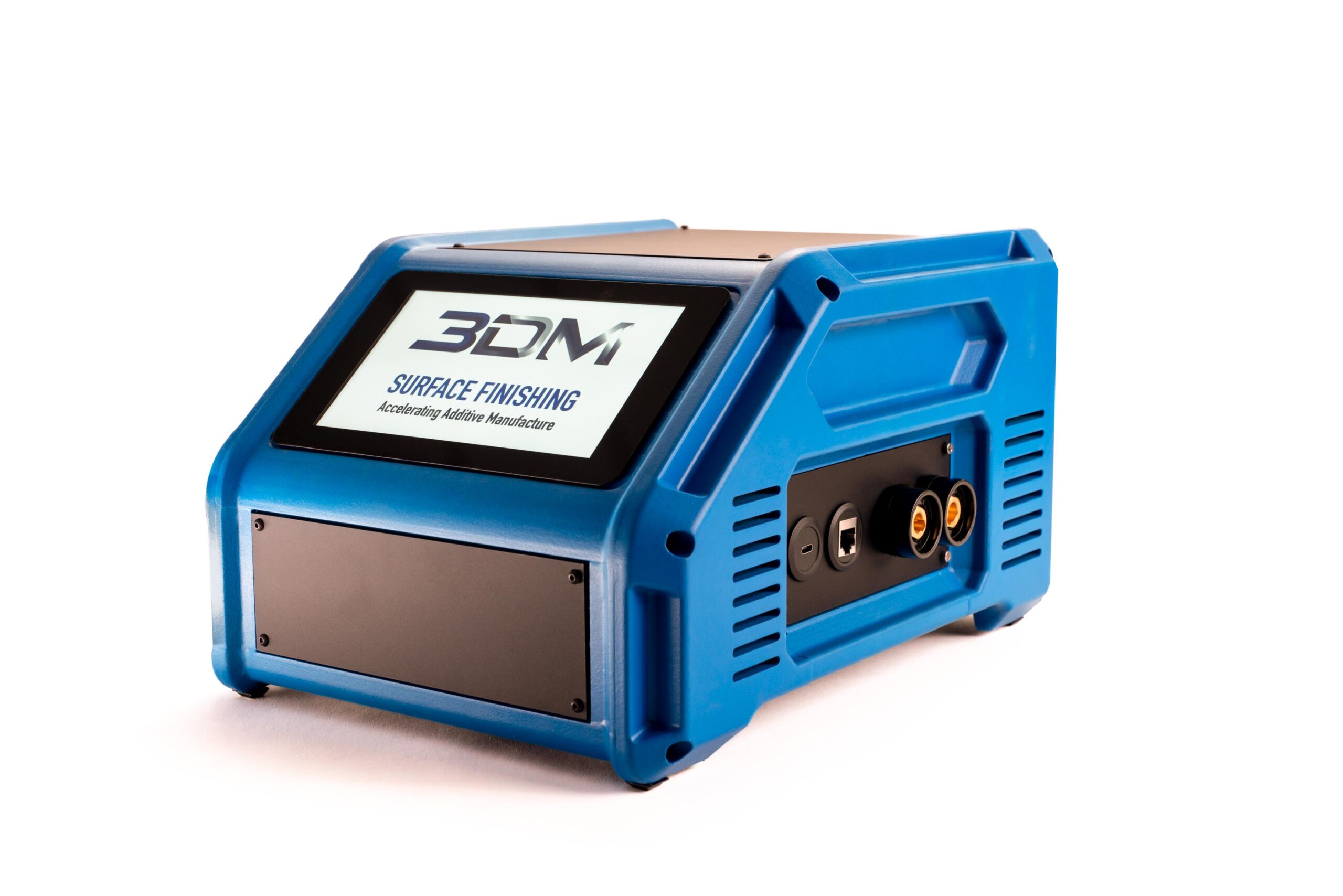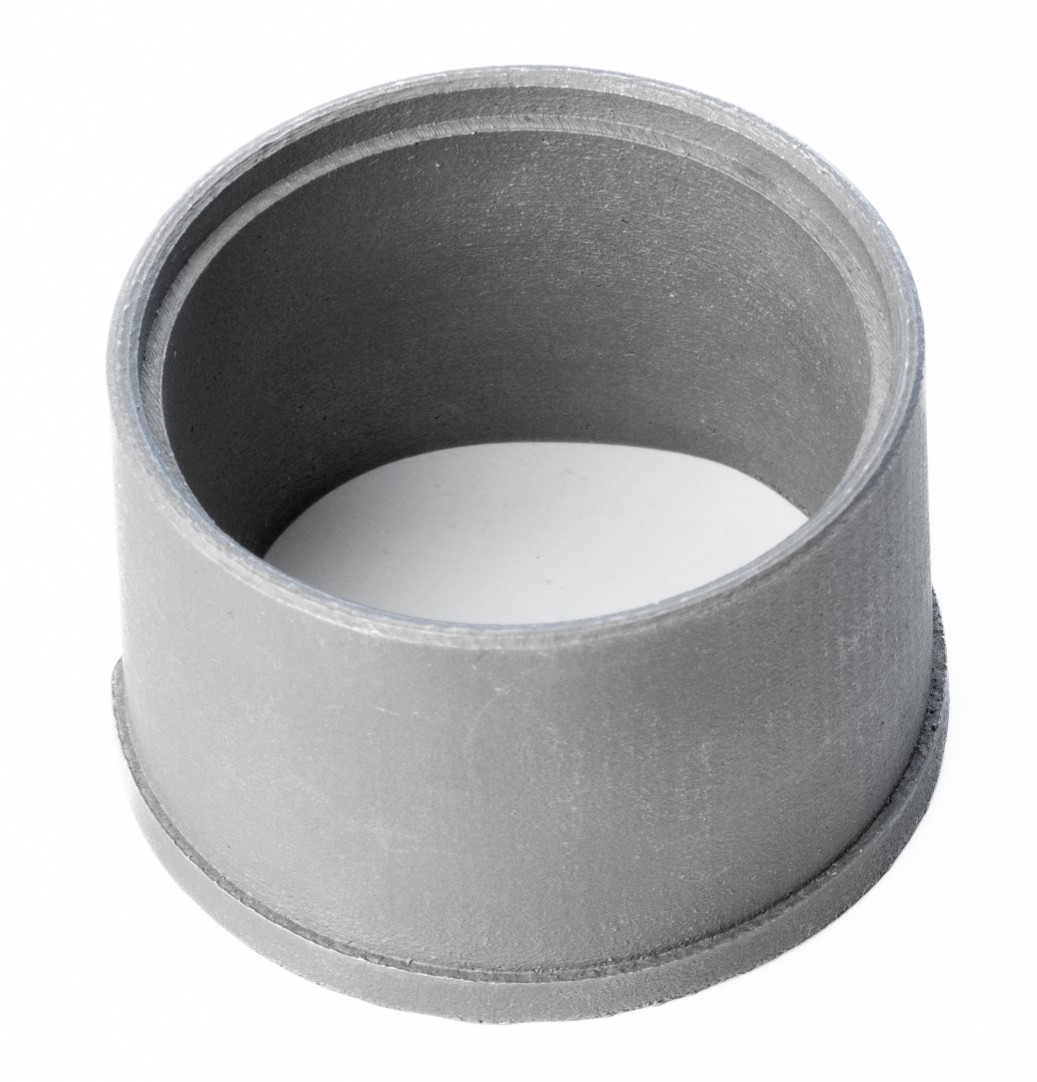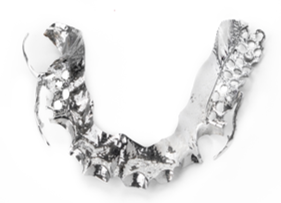Electro-Ablation
We’ve developed and patented a disruptive innovation to post-processing that delivers high-speed, part selectivity and zero contamination across a broad range of materials.
The technology takes a traditional approach to surface finishing – electropolishing, and supercharges it by applying high current density in a controlled manner to the workpiece. This results in a rapid removal of material from the metal by a process known as “electro-ablation”. In a practical sense this means you can direct your polishing to a particular part of the workpiece or in an alternative implementation polish the whole part.
3D Printing Ready
While the Electro-Ablation technique has applications across a broad range of subtractive technologies, it is particularly suited to 3D metal printing.
The benefits of 3D printing are well known. What is less well known are the many challenges associated with finishing a 3D workpiece;
- Base plate removal
- Support removal
- Residual metal powder clean-up
- Final surface polish
This often means that 3D metal printed part can take minutes to print and hours to finish! By using 3DM surface finishing technology in their workflow customers will be able to dramatically change the efficiency of their process.






